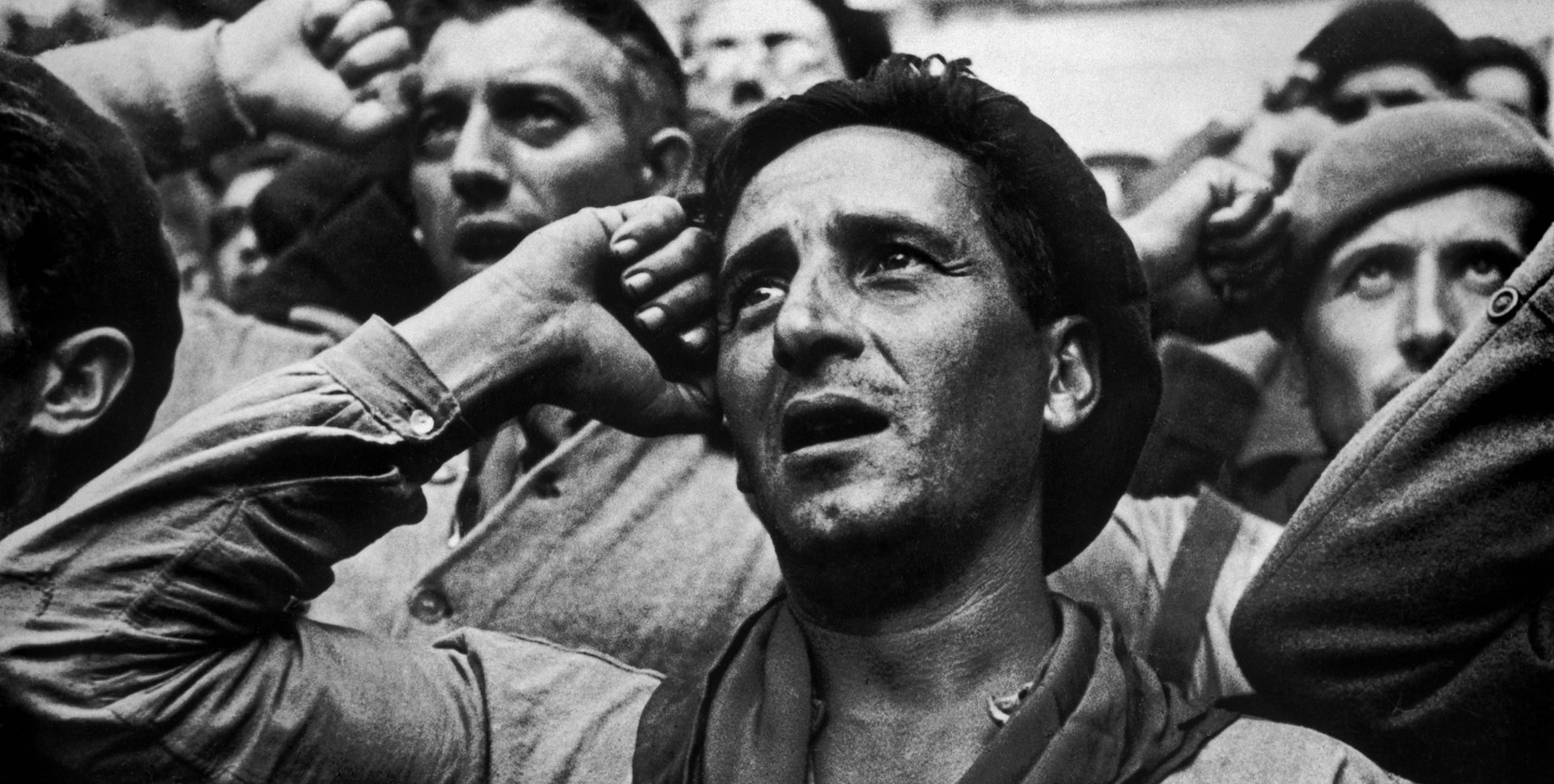A new exhibition of photos at Richard Taittinger Gallery in New York sheds light on the close relationship between the French printing lab PICTO and the famous agency Magnum Photos. Historian Carole Naggar tells us the story of the men and women who maintained this collaboration over the years.

You’re getting blind.
Don’t miss the best of visual arts. Subscribe for $9 per month or $108 $90 per year.
Already suscribed ?


